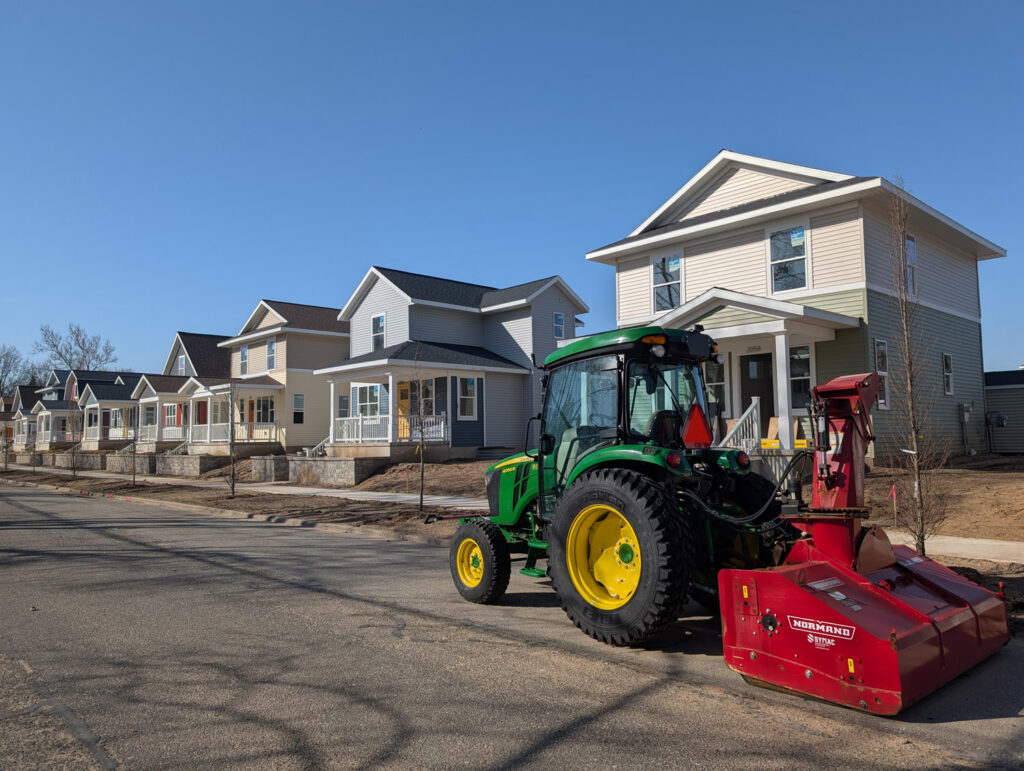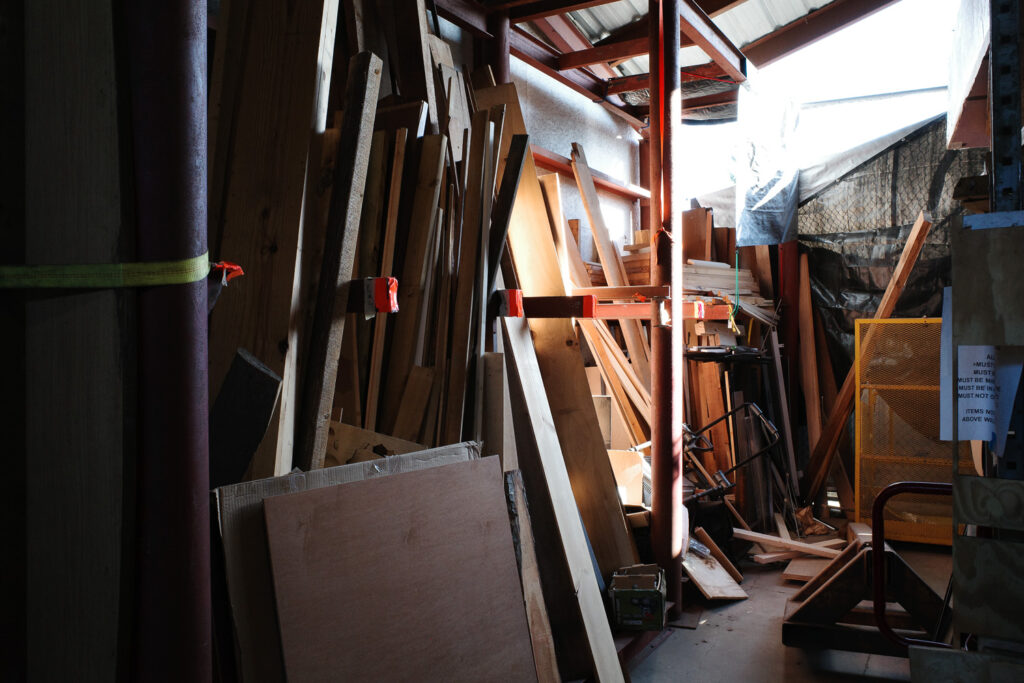Grand Rapids — Last August, a nonprofit housing developer broke ground on a project to bring 42 affordable housing units to the Garfield Park neighborhood of Grand Rapids. Since then, units have been going up fast, and the first house sold in August of 2024.
Not everyone is happy about it.
“I want more affordable housing in the area. I am not happy with the way it is being sold,” said Zak Wegner, a resident of the neighborhood who takes issue with a new housing development right across the street from his home.
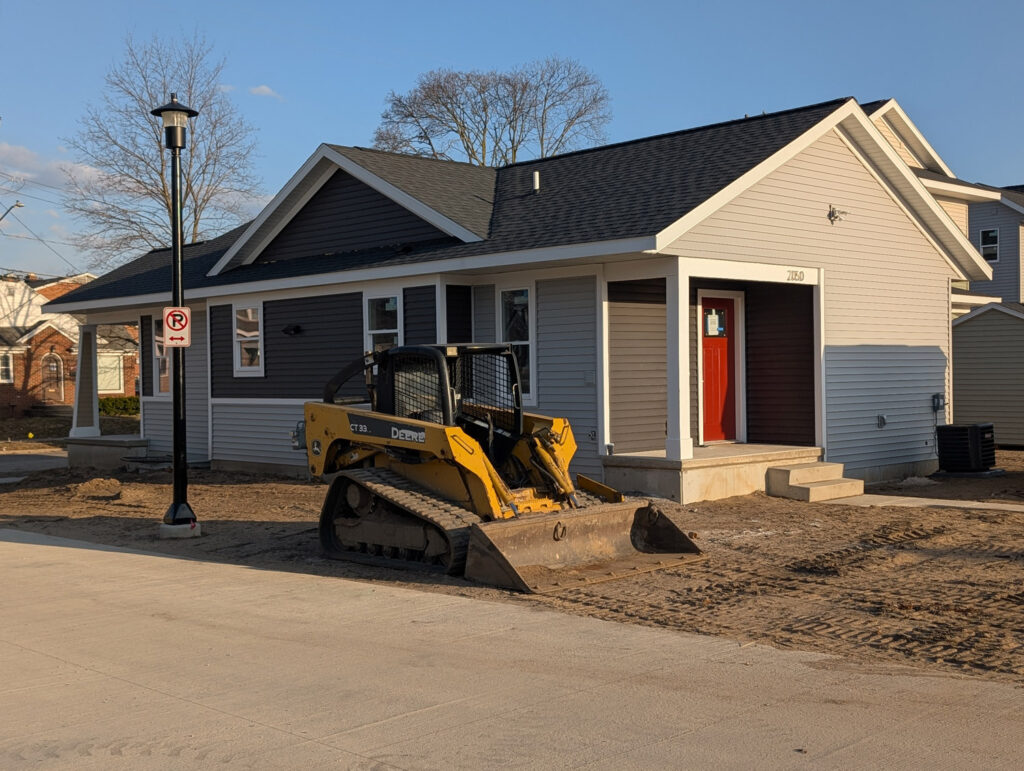
He cited lost green space and climate change as downsides to the project. Increased traffic was also a common objection neighbors raised over the 2040 Union development, owned and operated by the nonprofit Dwelling Place.
Community resistance is one of the thorniest challenges to new housing projects across the country, creating additional barriers to new housing and decreasing affordability.
A Garfield Park resident myself, I heard critiques when the project was announced.
Still, I wanted to find out if opinions had changed after the homes had been built. Now that our new neighbors are settling in, is the community warming to the idea?
Most agree that their worst fears have not come to pass, although the loss of the formerly empty field where kids and dogs would play still stings.
Tom Reynolds has an ear to the community response. He pastors a Community of Christ church right across the street from the new houses and describes his congregation’s reaction as mixed.
“There were quite a few people that were excited about it because there’s more people coming into the neighborhood,” Reynolds said. “They’re looking at the possibility of maybe new members.”
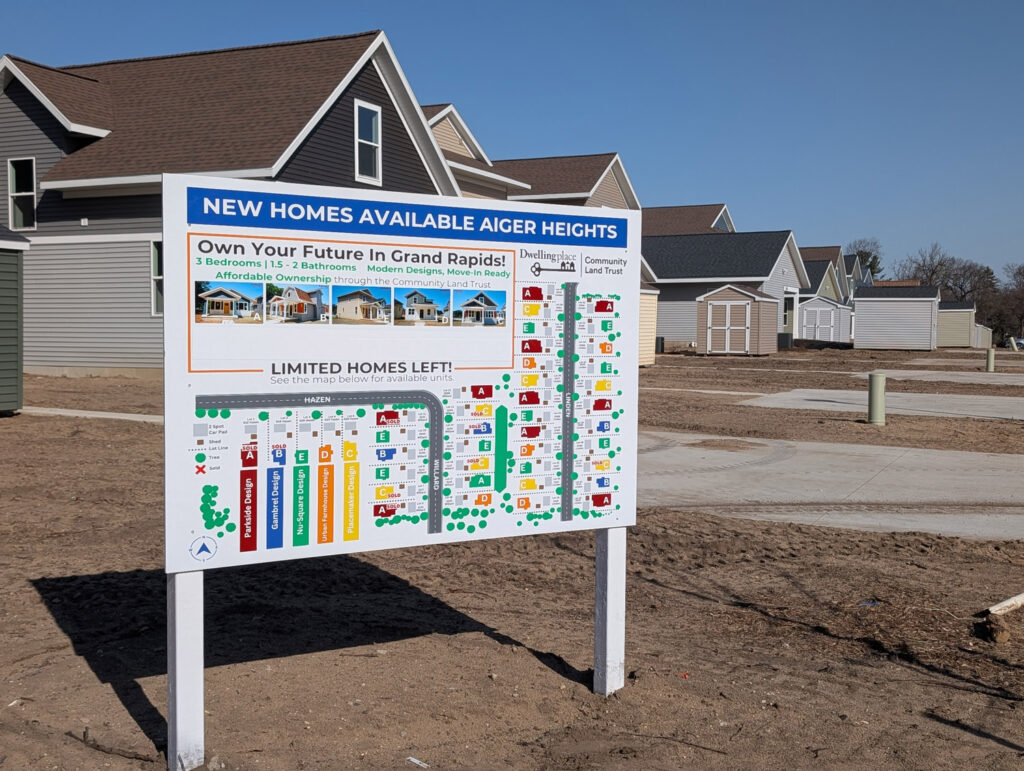
But he says others in the congregation are worried about the tension the development was creating between neighbors.
Certainly not all reactions have been negative. Take Rob Vandervoord, for instance, who lives right across the street from the development and has been supportive of the project from the beginning.
“They’ve done a really nice job, and it’s amazing how quickly they went up,” Vandervoord says, noting that the benefits of living in a mixed-income area were a selling point when he purchased his home.
“Whatever gets people in houses,” says neighbor Danielle Conklin, who says she and her husband thought the project “was a positive thing.”
Her support for the project grew further when, in a twist, her mother bought one of the units.
“She lived in our childhood home that we grew up in, and I encouraged her to move into the house across from us,” she explained.
Danielle’s mom, Monica Conklin, is just getting settled into one of the smaller homes in the development and is thrilled with it.
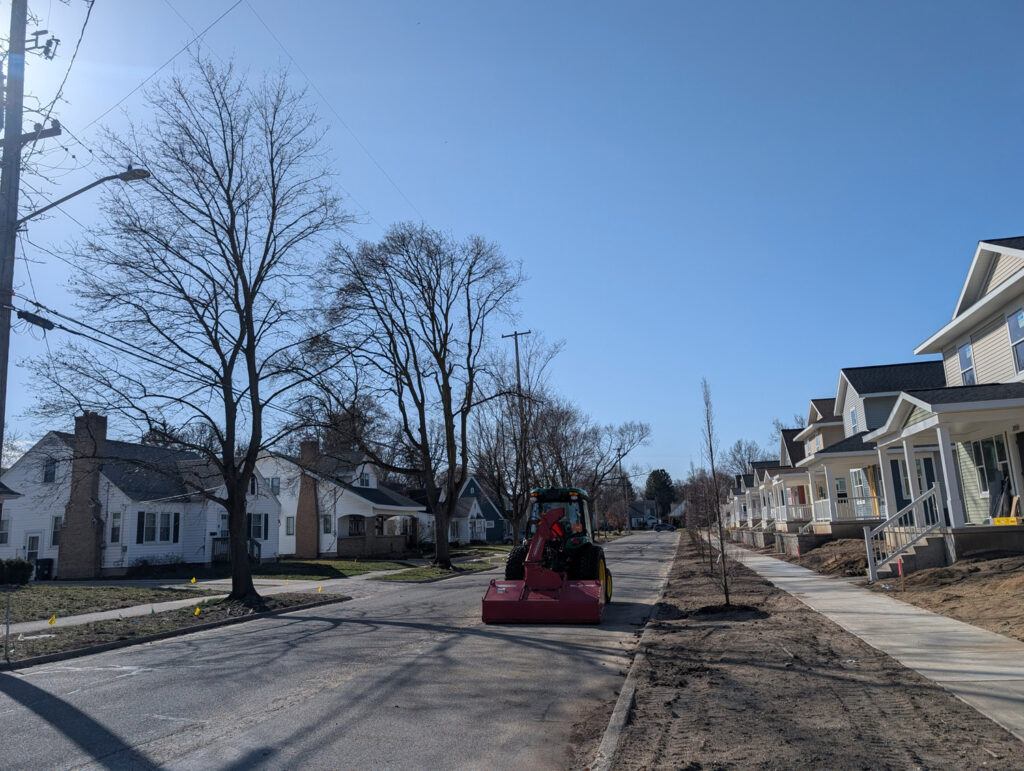
“When I saw this, I’m like: ‘This is really perfect, this is what I want,’” she said.
She loves having her grandkids close enough to stop by regularly.
2040 Union is an unusual housing development because it is held in a community land trust, the largest of its kind in Michigan.
Owners purchase the homes at a discount and when they sell, they keep 25% of the increased equity and the remainder returns to the trust.
Scott Bodenberg, community land trust manager at Dwelling Place, tells me the goal of the land trust is “to ensure that the homes remain affordable for generations to come.”
Bodenberg cited the housing crisis as the motivation for the project—specifically the “missing middle” of homes for families with incomes between 60% and 120% of average income for the area.
This novel approach could allow a family to have a mortgage payment $500 lower than it would be for the same home without the land trust, according to Bodenberg.
According to their 990 filing, Dwelling Place receives both government grants and private donations, which allows it to subsidize the cost of homes.
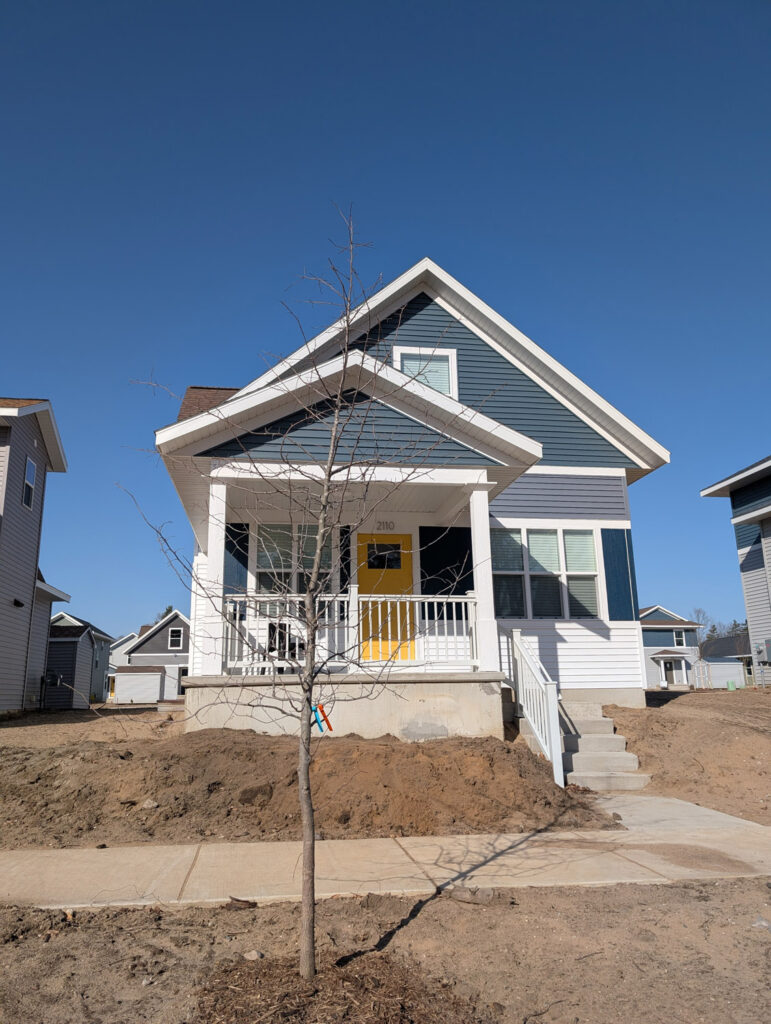
This subsidy is then passed on to each consecutive buyer because of the structure of the land trust, which locks in prices at or below market rates.
In Grand Rapids, as in many cities, people are looking for ways to increase housing availability.
Median home prices in Grand Rapids are 33% lower than the national average according to Redfin, but prices are rising. Over the past 5 years, the same data shows home prices have risen on average over 11% every year, outstripping the rise in the median income.
Housing is becoming less affordable. In fact, no one I spoke to argued against the need for more housing, only where that housing should be built, and what type.
Even after the regulatory and cost hurdles are met, developers still need to address concerns from the surrounding owners. Otherwise residents could petition local governments to restrict building in certain areas, stalling construction and creating higher prices for housing.
But even after the public hearings and listening sessions, objections will remain. Those who do not have veto power often have hold out reservations.
In some cases, it’s the little details that can sting the most. One thing most of the residents I spoke with agreed on was that contractors had removed more trees than they expected.
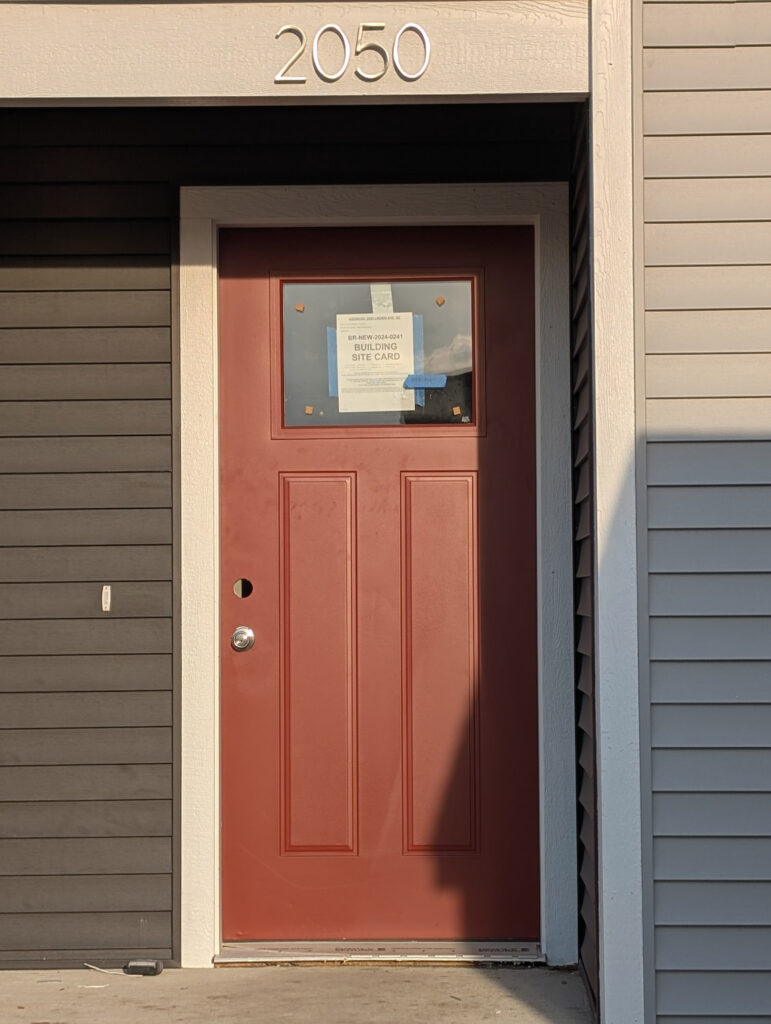
Dwelling Place shifted some plans as a response to feedback, including creating designs that match existing homes and placing driveways on the new, internal roads to leave street parking options open.
Seeing the houses after they were built did shift the opinions of some neighbors. Jenna Mundwiler was at first “not super excited” and worried about property values and upkeep of the new units.
She and her husband bought their home before Dwelling Place had broken ground on the development and didn’t know the project was in the works at the time of purchase.
But now that she has met one of the owners in the new homes, who talked to her about the project, she is less worried, saying she “doesn’t really care so much anymore, which is great.”
John Johnson, a neighbor on the opposite side of the development says that at first he was “a little bummed out” about the plans and continues to have reservations.
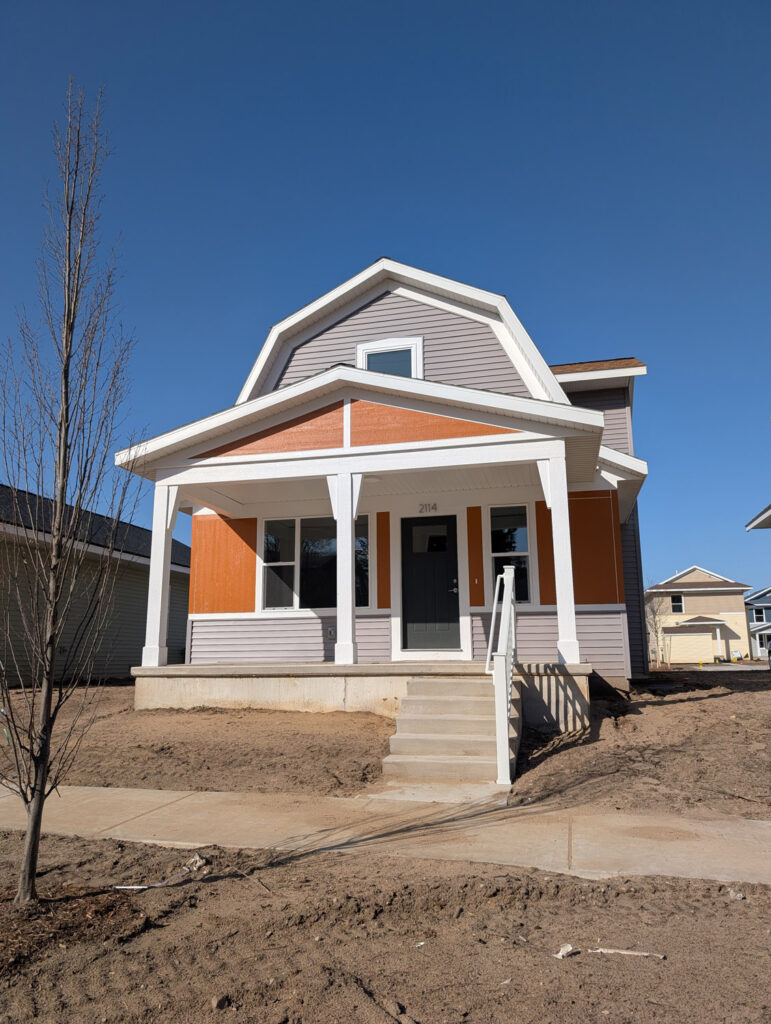
For instance, he notes some houses facing each other across the street have the exact same house numbers, albeit different street addresses, which is sure to cause a headache in the future.
“At the end of the day, if more people can find affordable housing, I think it’s a good thing,” Johnson said.
This shift from skepticism to acceptance reveals why community feedback cannot be the single variable to decide whether new housing developments can move forward. We ought to be more careful to whom we give veto power.
Respecting the rights of landowners means allowing projects like 2040 Union to move forward. This does not mean ignoring community feedback, but providing parameters within which feedback can be legally binding.
Reality is usually something between what the harshest critics and the project boosters promise is going to happen.
Resistance, discussion, and moving forward together: That’s how America gets built.
Noah Gould is the alumni and student programs manager at the Acton Institute and a Social Mobility Fellow at Young Voices.
